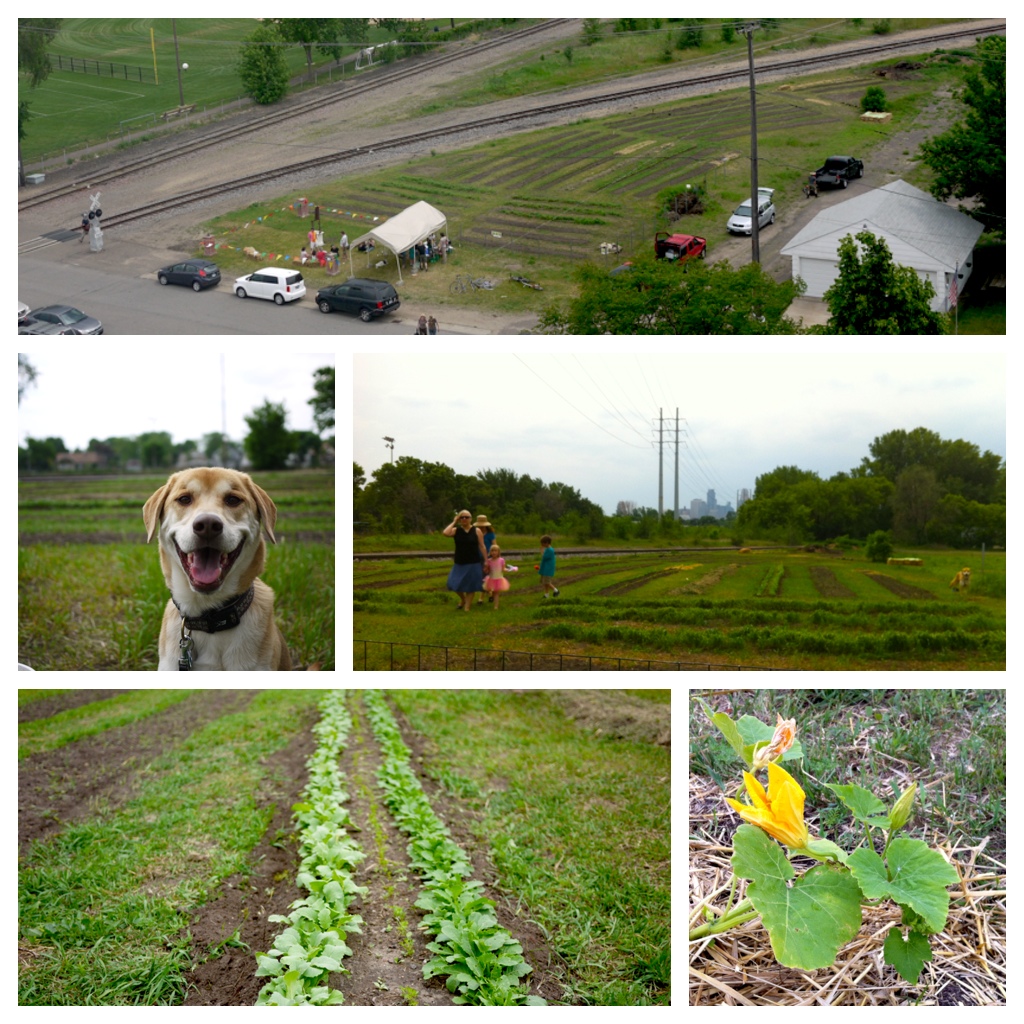
Shepherd's Way Morcella is a seasonal, soft-ripened sheep milk cheese made with morel mushrooms.
MARIE FLANAGAN
Steven and Jodi Ohlsen Read raise their dairy sheep at Shepherd’s Way Farm, just outside Northfield, an hour south of Minneapolis. Shepherd’s Way Farm is known throughout Minnesota for their award-winning, artisan, sheep’s milk cheeses like Shepherd’s Hope, Big Woods Blue, and Morcella (pictured). This week, they announced they need more room to grow, and they launched a Kickstarter campaign to reach their goal. Their“Build the Barns, Grow the Flock" Kickstarter campaign goal is to finish a lambing barn and begin building a ewe barn that was destroyed in a fire in 2005.
“Our flock is about ⅓ the size it was before the fire,” said Shepherd’s Way cheesemaker, Jodi Ohlsen Read. “We’d like to double our current flock size. Having said that, we’re committed to sustainable growth - as we grow we’ll determine what the best size would be for us. We want to stay small-scale, and be able to make our ends meet.”
The current lamb barn at Shepherd’s Way was saved from demolition when the Reads moved the top half of it from the Big Woods State Park. They’ve been making steady progress on the barn, but it needs a new roof, electrical work, and a warming room for the lambs. They hope to raise $58,000 through Kickstarter, which would allow them to finish and winterizing the lamb barn, and start the initial construction of a barn for the ewes (adult female sheep).
“Our sheep spend much of their time outside, even in the winter if they choose,” said Steven Read in a press release. “But they need warm shelter, especially during lambing. Particularly when we have winters like last year.” Shepherd’s Way begins lambing in mid-January, and the Reads hope to start winterizing the lamb barn as soon as the Kickstarter campaign is complete.
The Kickstarter rewards include cheese, of course, along with wool filled pillows, private cheese tastings, lamb note cards, and a Spring Frolic party at the farm.
“Traditionally, a farmer would get a farm loan for building. Those opportunities aren’t as easily available as they were before the recession, especially when you’re still a growing business,” said Ohlsen Read. “The advantages of Kickstarter, aside from the funding, is that we’ll be able to draw more people who are specifically interested in what we do - it builds community, and I love that idea. I like the connection to the community.”
Ohlsen Read’s enthusiasm for community building extends beyond the Kickstarter campaign. She is currently president of the Minnesota Cheesemakers Guild, hosts regular local farm tours, and Steve and Jodi are also the Minnesota Farmers Union Enterprise Leadership Couple. But her heart is on the farm, where she spends most of her time crafting small batch cheese. She looks forward to milking season and to growing the Shepherd’s Way flock.
“If you’re gonna be in farming, you’re gonna have some tough times, and it’ll affect you to the core,” said Ohlsen Read. “If the kickstarter doesn’t get funded, it’ll be a tough winter. It’ll take us longer to get self-sustaining...to be a truly sustainable farm, we need to produce enough milk, to make enough cheese, to make all of the ends meet.”
You can learn more about Shepherd's Way and their goals from their Kickstarter video.
Cross posted from: Shepherd's Way Farm Makes a Kickstarter to Rebuild Flock
[where: Sustainable Food, St. Paul, Minneapolis, Twin Cities, Minnesota]









